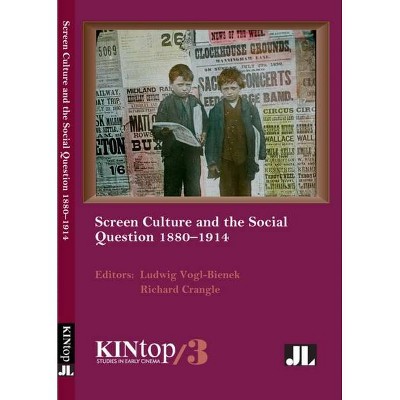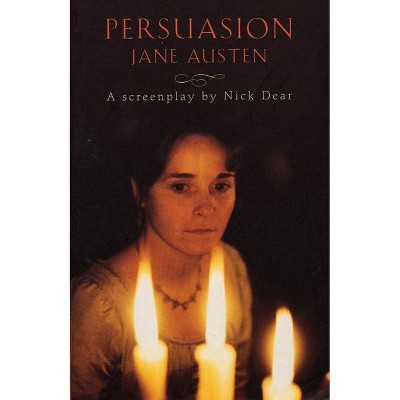Screen Culture and the Social Question, 1880-1914 - (Kintop Studies in Early Cinema) by Ludwig Vogl-Bienek & Richard Crangle (Paperback)

Similar Products
Products of same category from the store
AllProduct info
<p/><br></br><p><b> About the Book </b></p></br></br>The essays examine how social reformers and charitable organizations used the "art of projection" to raise public awareness of the living conditions of the poor and the destitute, as they argued for reform and encouraged audiences to work to better their lot and that of others.<p/><br></br><p><b> Book Synopsis </b></p></br></br><p>Public performances using the magic or optical lantern became a prominent part of the social fabric of the late 19th century. Drawing on a rich variety of primary sources, Screen Culture and the Social Question, 1880-1914 investigates how the magic lantern and cinematograph, used at public lectures, church services, and electoral campaigns, became agents of social change. The essays examine how social reformers and charitable organizations used the art of projection to raise public awareness of the living conditions of the poor and the destitute, as they argued for reform and encouraged audiences to work to better their lot and that of others. </p><p/><br></br><p><b> About the Author </b></p></br></br><p>Ludwig Vogl-Bienek is Senior Researcher of the Screen1900 research group at the University of Trier and a founding member of the magic lantern ensemble illuminago, which performs lantern shows internationally.</p><p>Richard Crangle is Research Officer of the Magic Lantern Society.<br/></p>
Price History
Price Archive shows prices from various stores, lets you see history and find the cheapest. There is no actual sale on the website. For all support, inquiry and suggestion messagescommunication@pricearchive.us




















